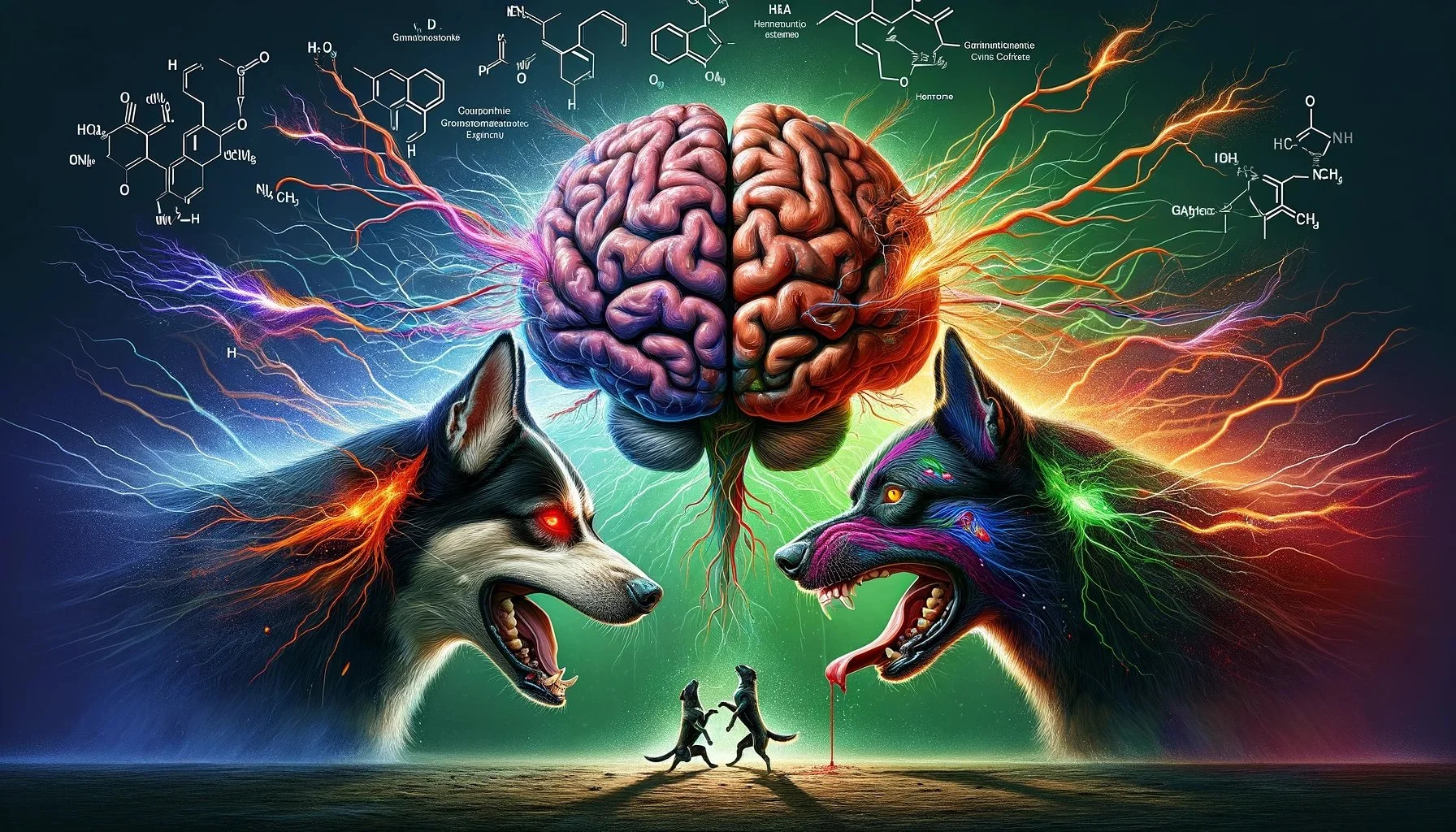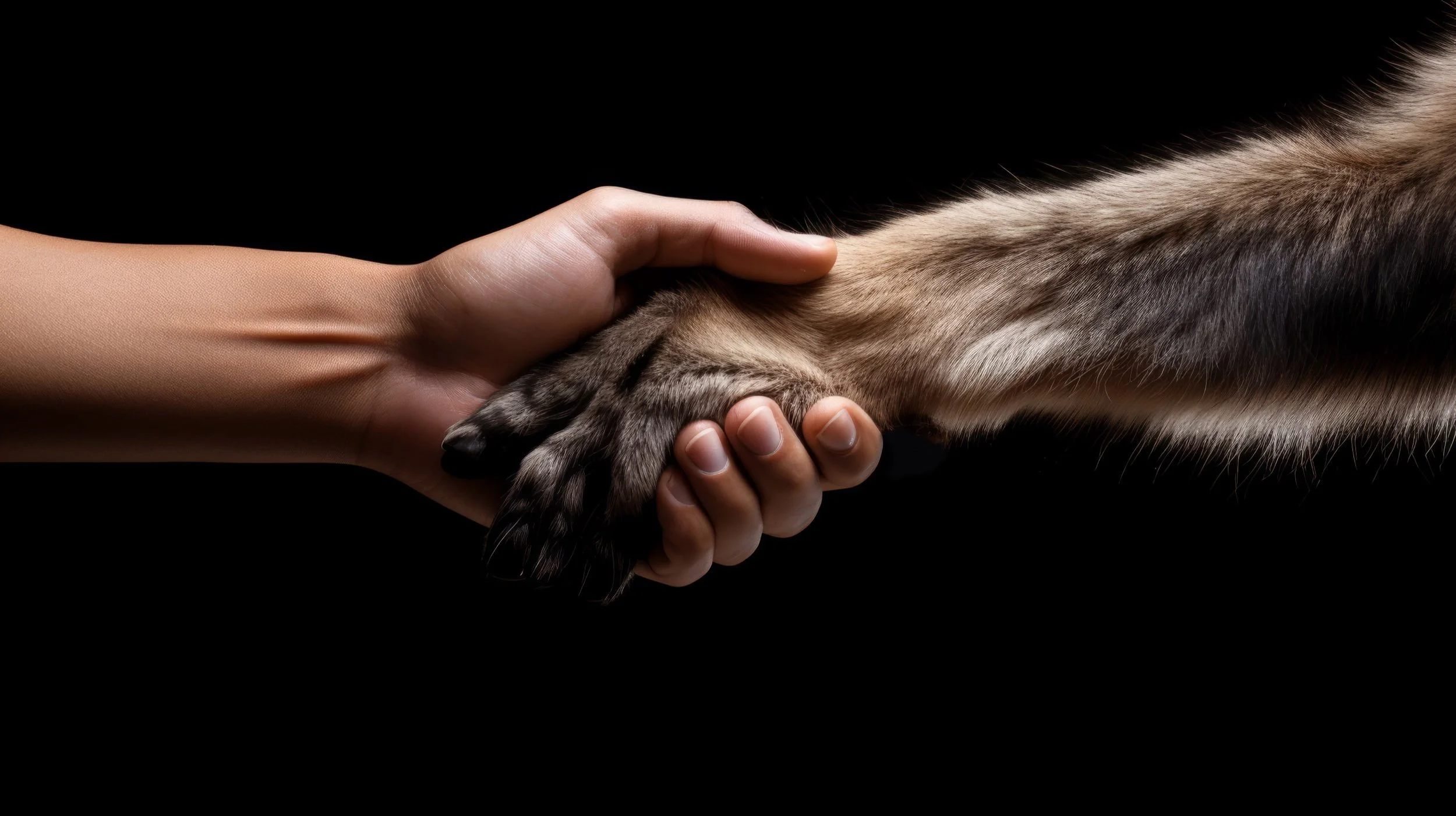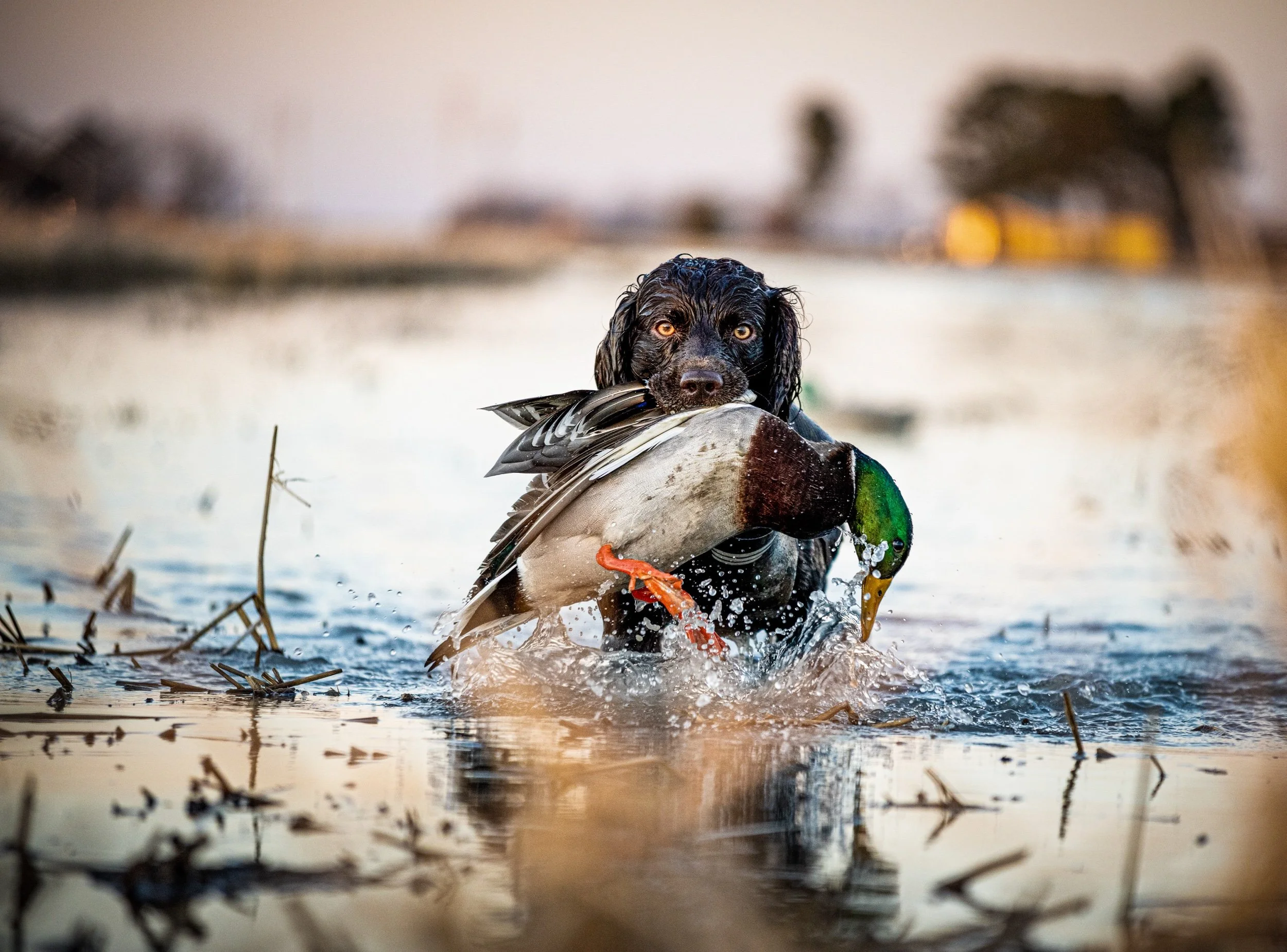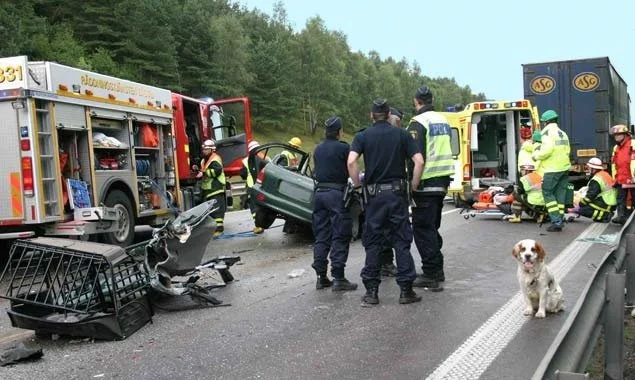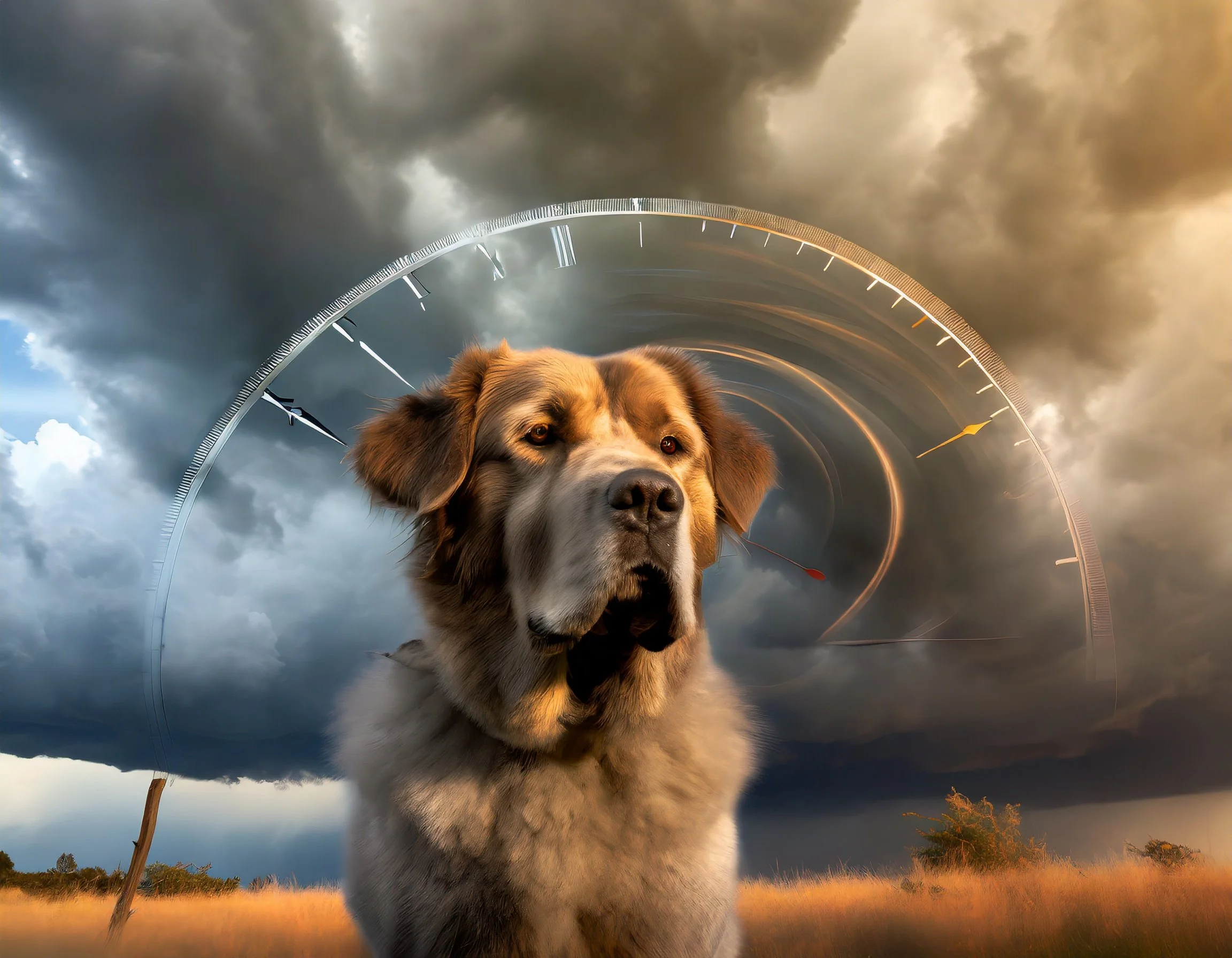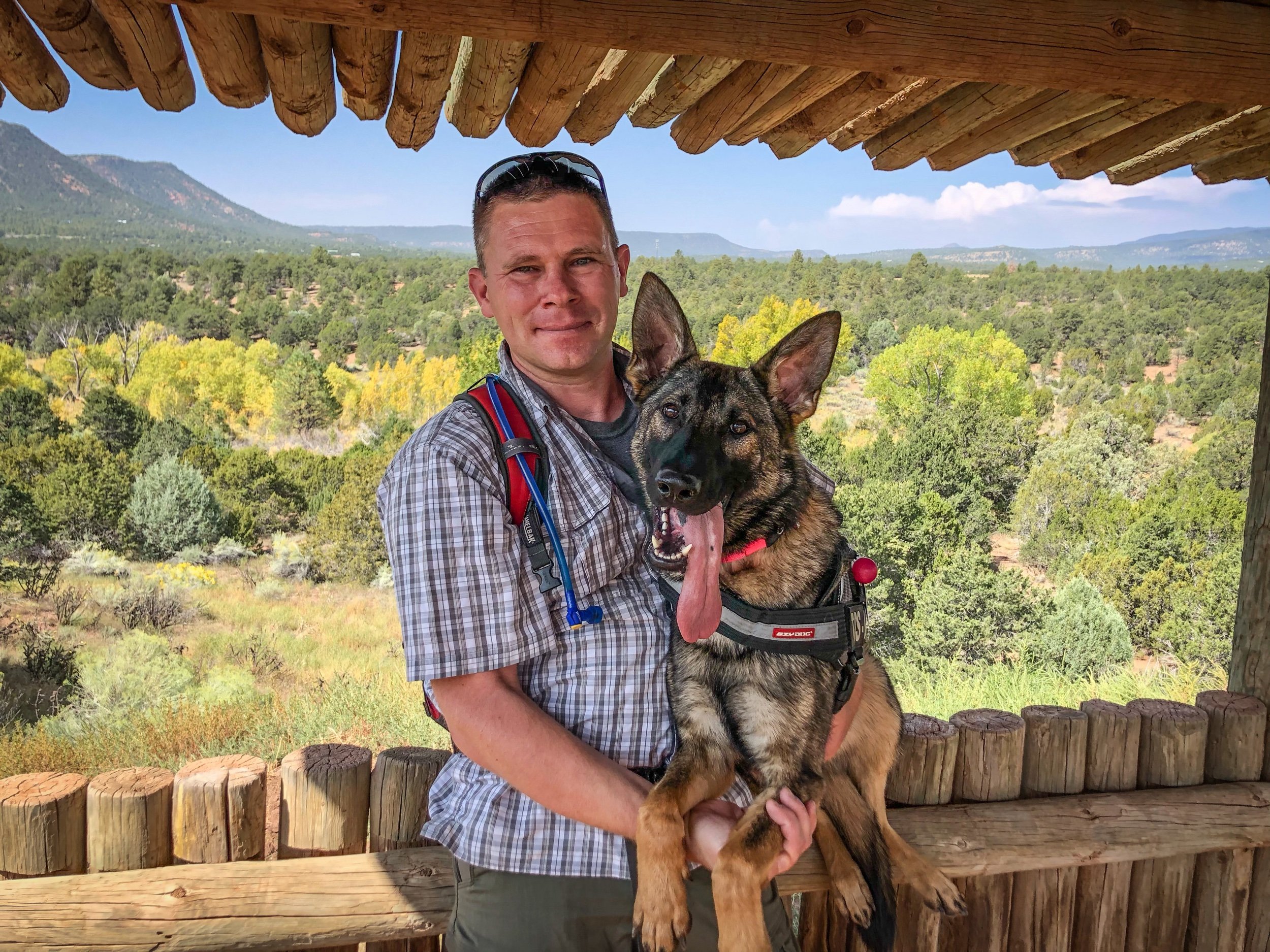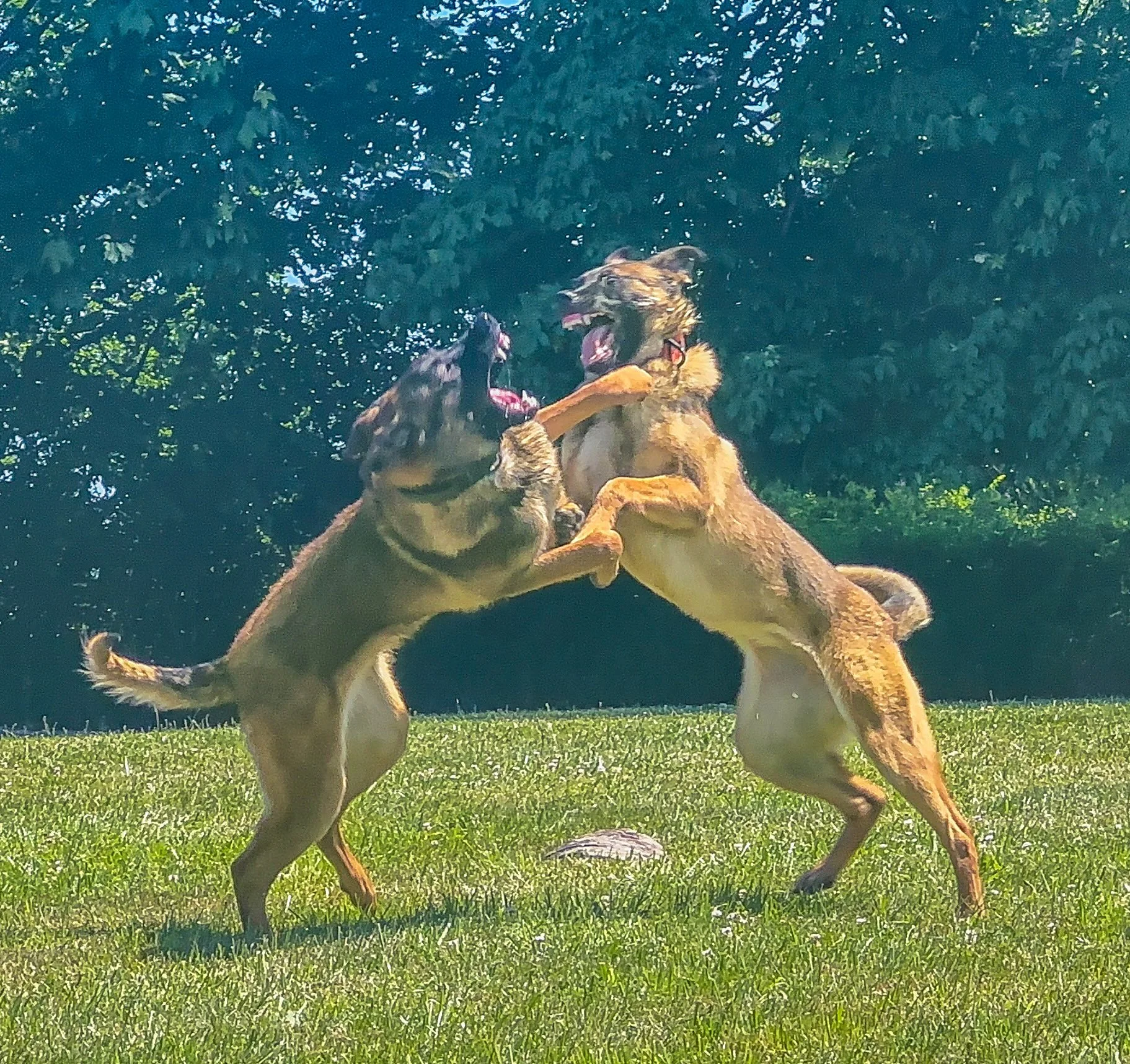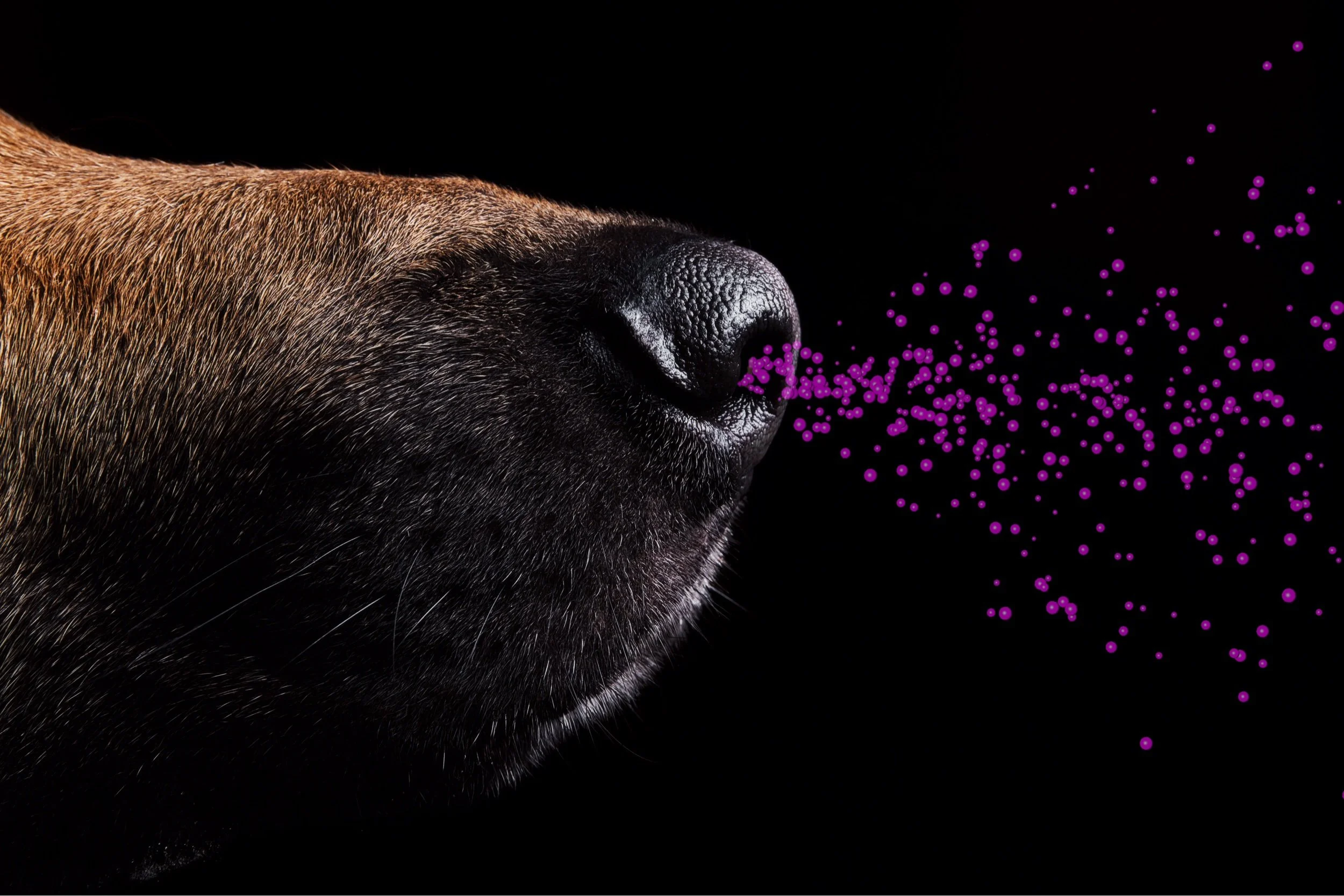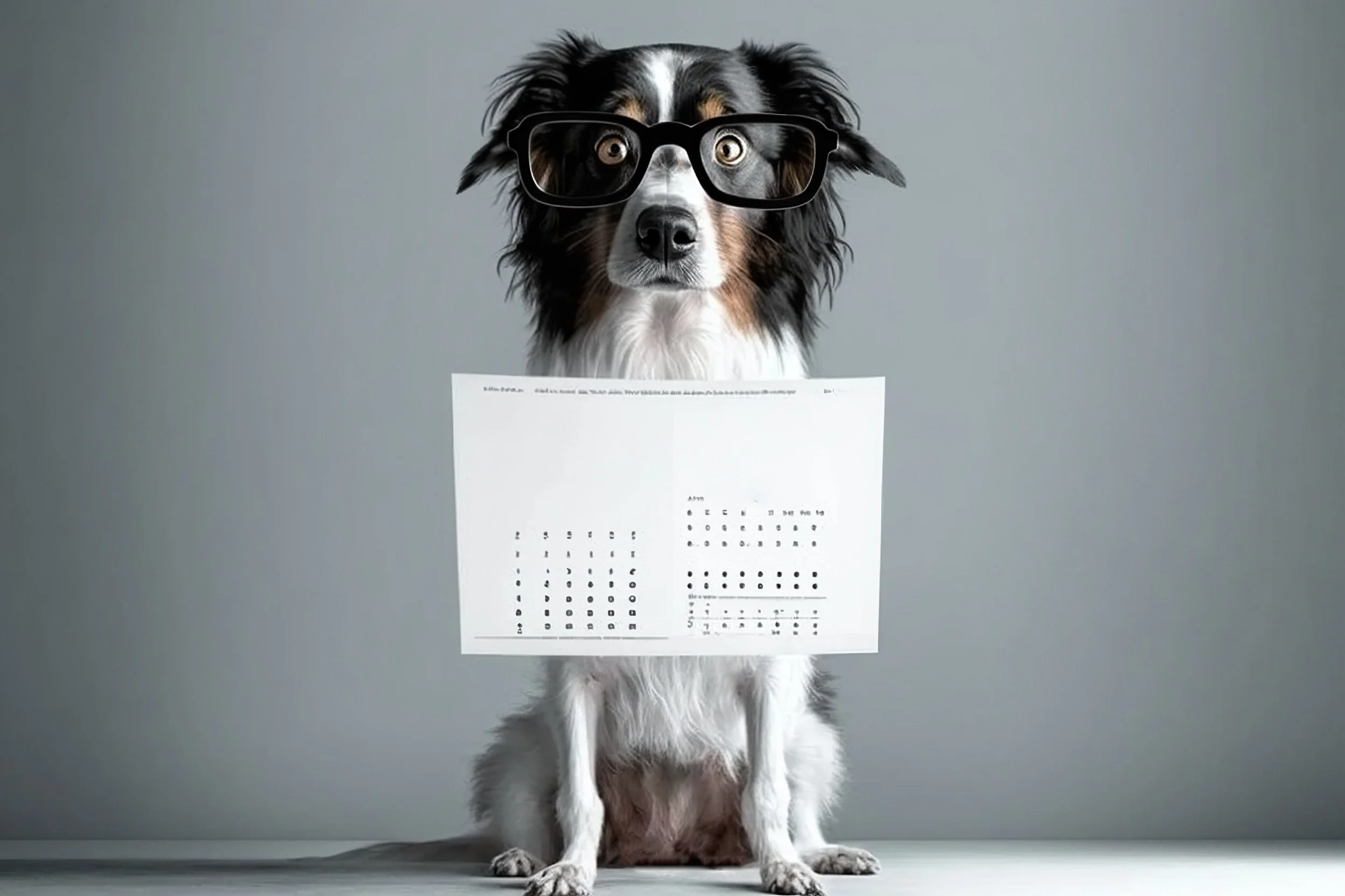In this article I go in-depth on the cognitive processing and communicative abilities of canines, particularly in how they respond to human socio-communicative signals. The conversation begins with a comparison of social structures between wolves and humans, highlighting the complex social systems that both species navigate.
I explain how domestication has led to refined canine abilities to interpret human gestures, such as pointing and gaze following, which are less evident in their wild counterparts or even non-human primates. The domestic dog's evolution has been shaped by selective breeding, enhancing their capacity to understand human emotional states through facial expressions and vocal intonations. This has implications for dog training and welfare, as a dog's ability to comprehend and react to human emotions and commands can be used to foster better human-canine relationships.
The discussion also touches upon social learning in dogs, which is the process by which they acquire behaviors through the observation and emulation of humans and other dogs. This ability to learn socially has been significant in the domestic dog's adaptation to human environments and is a key element in training and behavior modification.
Additionally, I explain the role of chemical signals, such as pheromones, in canine communication. Dogs use their advanced vomeronasal organ (VNO) to detect pheromones, which convey information about reproductive status, territorial boundaries, and individual identity. Hormones, too, play a crucial role in canine behavior, influencing how dogs interact with their environment and other beings based on internal and external stimuli.
Lastly, I summarize how dogs communicate with their environment and other dogs through body language, marking behavior, and the use of various sensory channels. Understanding these communicative methods is essential for enhancing the bond between humans and dogs and promoting positive interactions and training outcomes.


